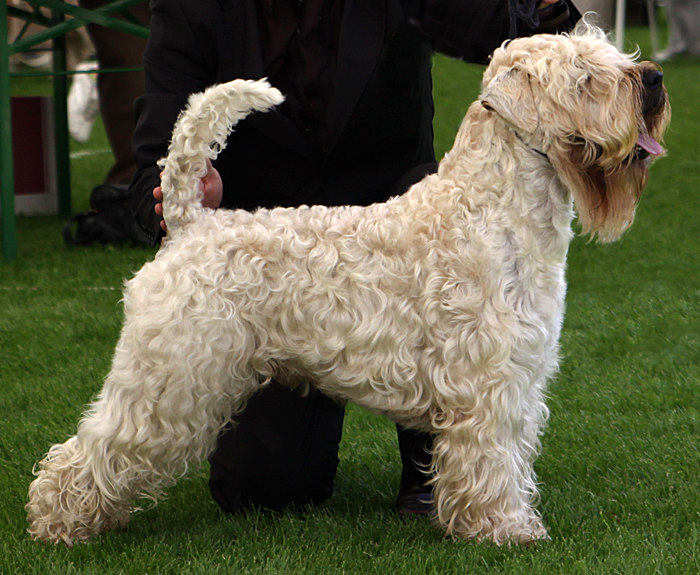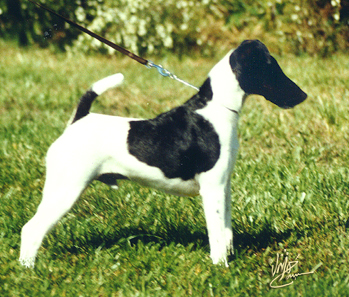
Let Me Tell You About the Soft Coated Wheaten Terrier
🌾 Breed Overview
Height: 17–19 inches
Weight: 30–40 pounds
Coat: Silky, wavy, single-layer
Color: Wheaten (ranging from pale beige to shimmering gold)
Lifespan: 12–15 years
Group: Terrier
Hypoallergenic: Yes
🧠 Temperament & Personality
Friendly & Affectionate: Known for the “Wheaten greetin’”—a joyful leap to welcome loved ones
Energetic & Playful: Needs daily exercise and mental stimulation
Intelligent but Stubborn: Responds well to positive reinforcement
Social: Gets along with children and other pets when properly socialized
Alert: May bark at new sights and sounds, a trait from its farm-dog heritage
🐕 Origins & History
Bred in Ireland over 200 years ago as an all-purpose farm dog
Used for herding, guarding, and vermin control
Officially recognized by the AKC in 1973
🧼 Care & Maintenance
Grooming: Requires regular brushing and trimming to prevent matting
Shedding: Low-shedding, but coat grows continuously
Exercise Needs: Moderate to high—daily walks and playtime
Health: Generally healthy, but may be prone to protein-losing conditions and allergies
👨👩👧👦 Family Compatibility
Kid-Friendly: Great with older children; may be too bouncy for toddlers
Senior-Friendly: May be a bit energetic for some seniors unless well-trained
Companionship: Thrives on human interaction; dislikes being left alone





.jpg)













